Interior designer Piotr Wisniewski reveals how Mamula Island in Montenegro was transformed from a historic naval fortress into an artisanal 5-star hotel for the exclusive Design Hotels brand
Ibiza, Mykonos, Saint Tropez – Europe’s biggest hitting tourist trails are no stranger to a design hotel or five. However, the Balkan beauty of Montenegro – a small yet beautiful country bordered by Serbia and Croatia – has so far remained an off-the-beaten-track destination. Until now, that is. Having opened its doors earlier this year, and just a short boat ride from the charming town of Herceg-Novi, Mamula Island is an exquisitely restored and reimagined 19th century fortress on its own island.
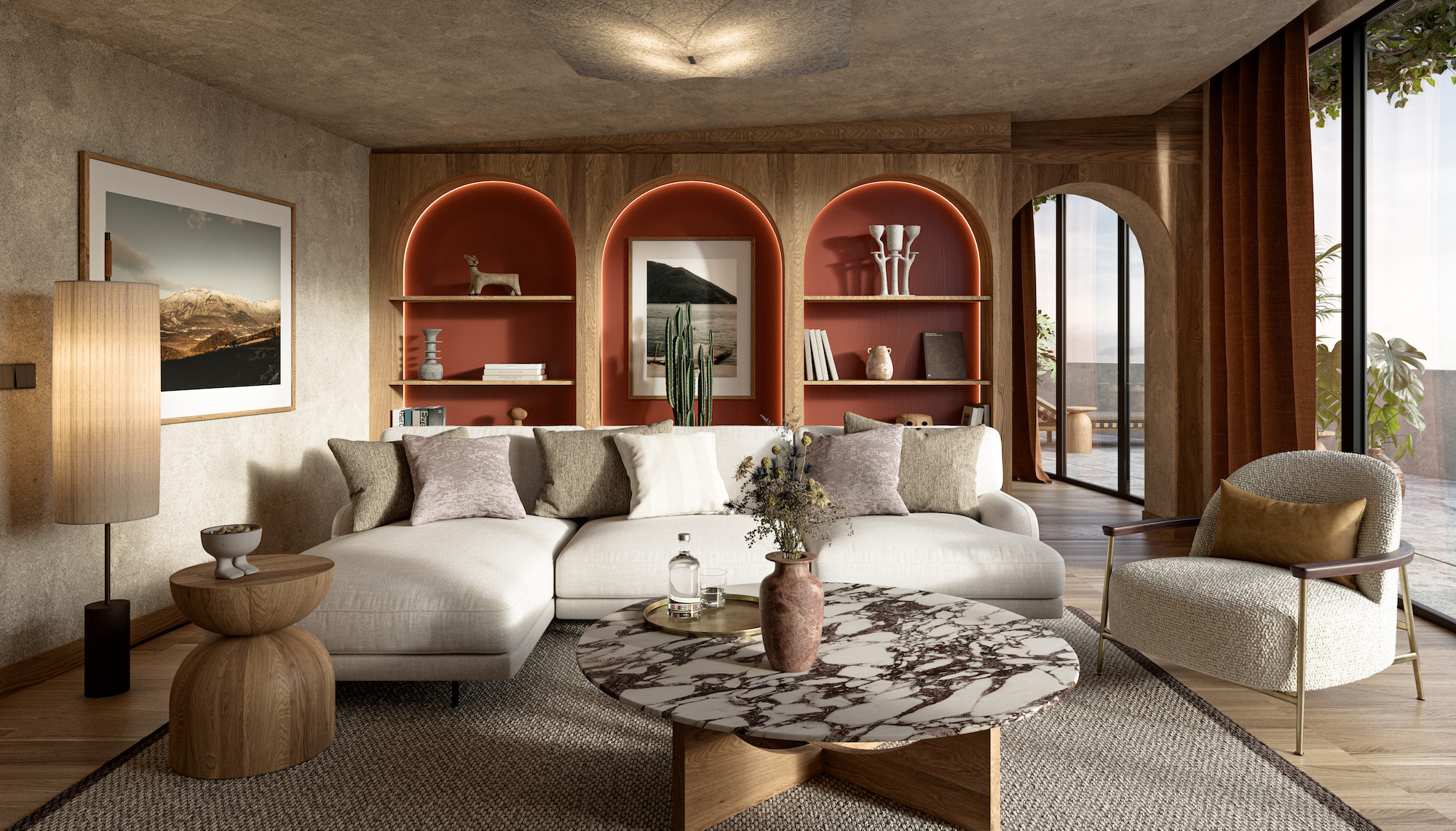
The fortress on Mamula was built by General Lazar Mamula in the 1850s as part of a network of Austro-Hungarian fortifications guarding the entrance to the Bay of Kotor from the Adriatic. Later, the island acted as an Italian prison camp during World War II. Having lain derelict since the 1970s, it has been brought back to life by its new owner, Egyptian billionaire Samih Sawiris, with the help of architecture firm MCM London.
Together, they have managed to preserve the structural integrity of the existing building while renovating it into a contemporary five-star hotel complete with world-class culinary (courtesy of French-Canadian chef Erica Archambault of the Michelin-starred Parisian restaurant Septime), three outdoor pools, holistic spa, memorial gallery and a private beach. Polish interior designer Piotr Wisniewski of Berlin’s weStudio was responsible for the hotel’s stand-out interiors.
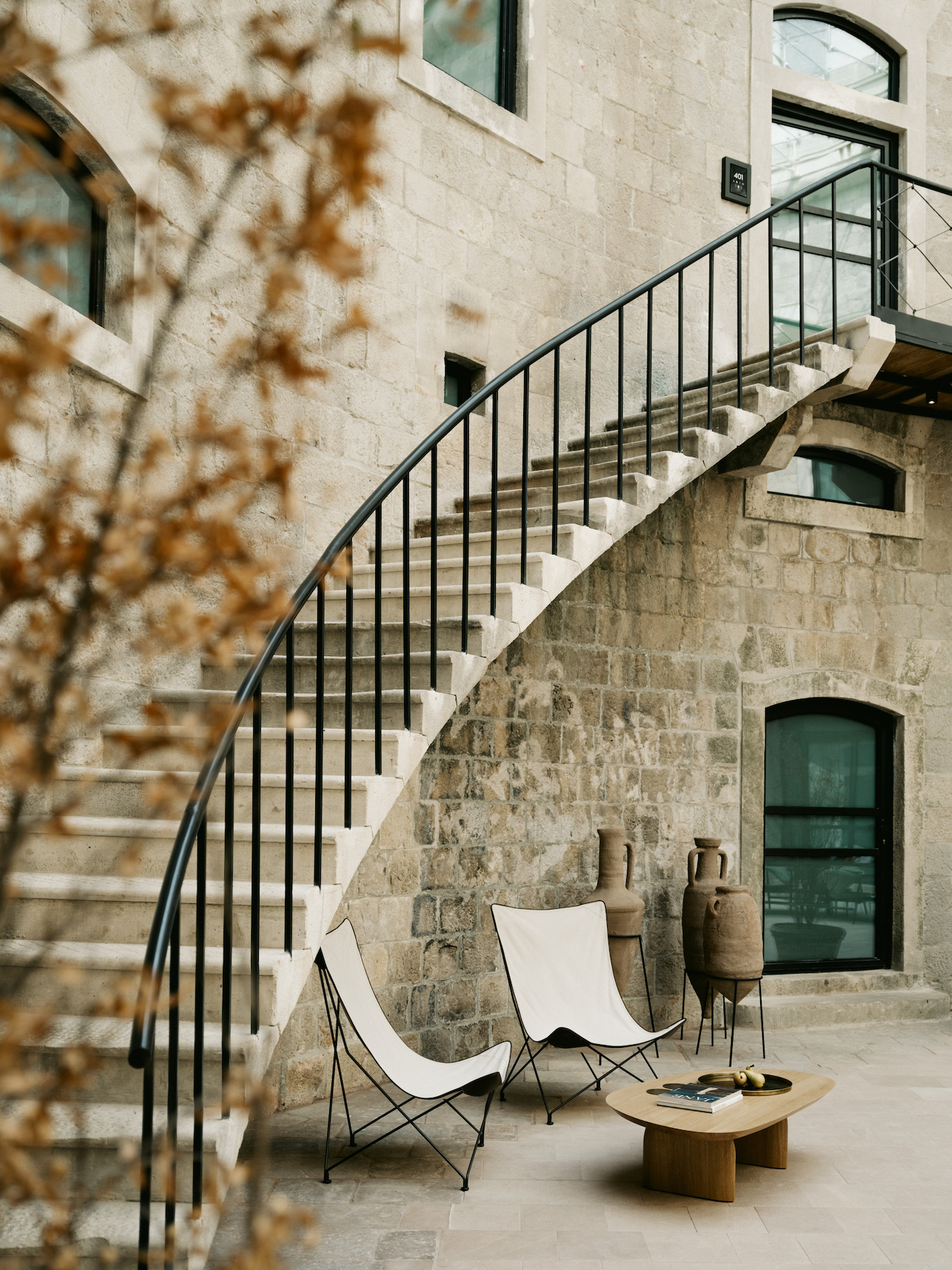
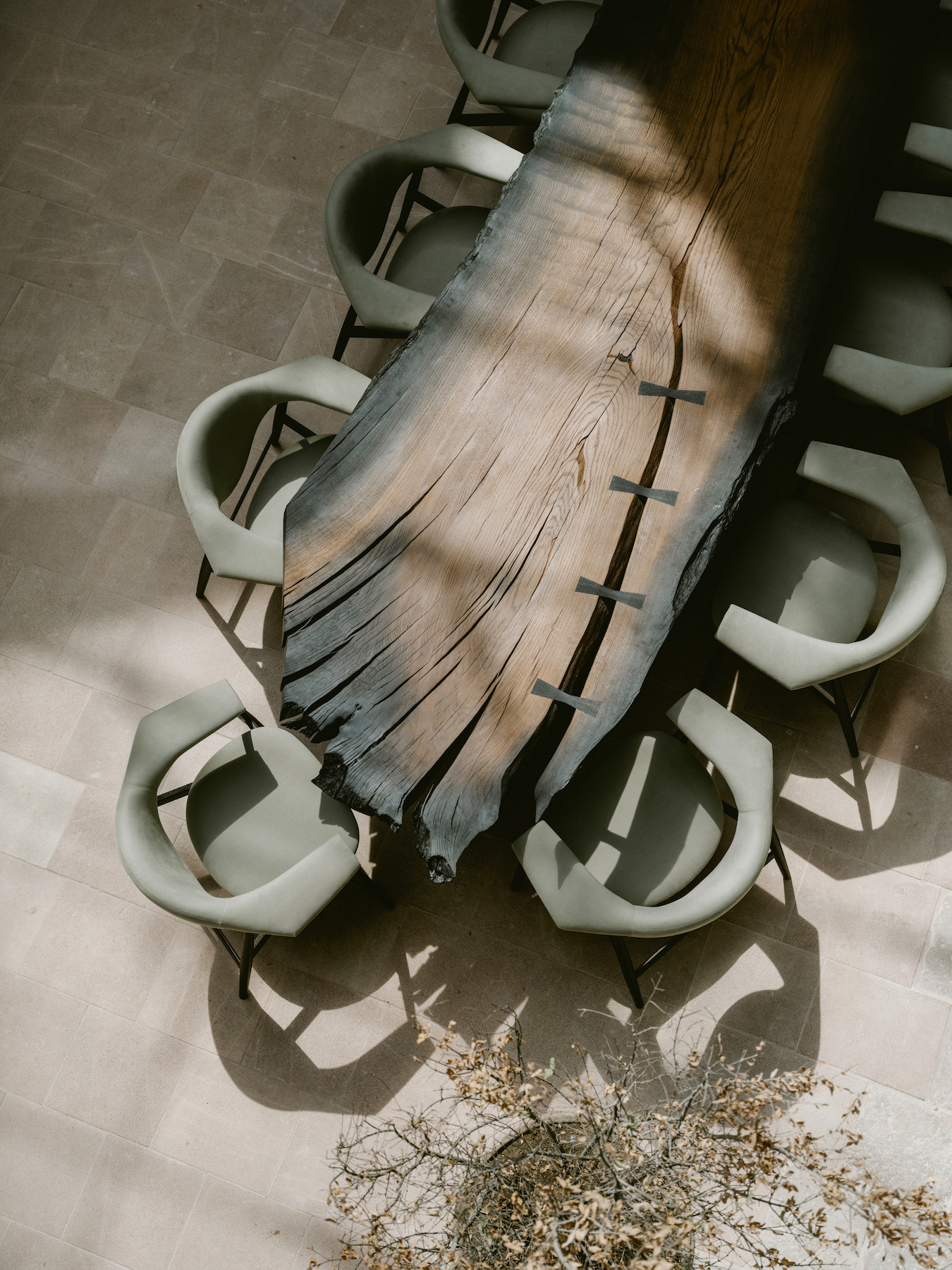
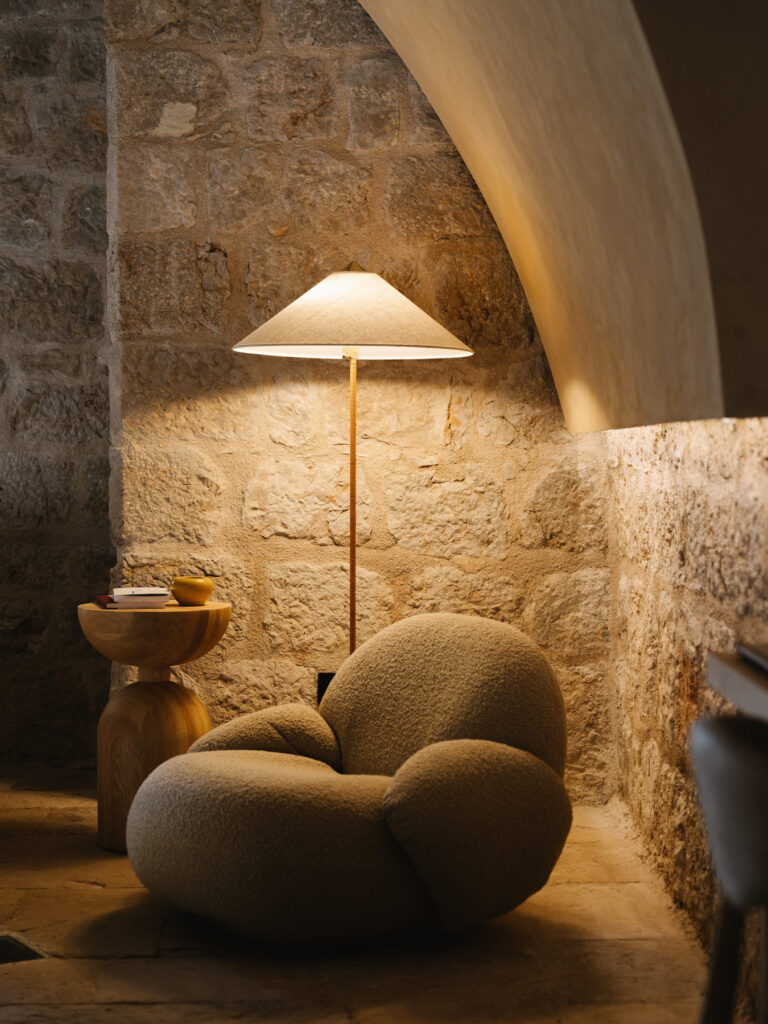
Wisniewski’s interiors were inspired by the shape and the architectural features of the island, in particular its arches and circles. “You can’t miss them,” he says. “Every opening is an arch. The ceilings are vaulted. The plan of the island is a circle. In Montenegro, the circle is a symbol of community, so we also wanted to design the hotel in a way that encouraged people to come together.”
Every opening is an arch. The ceilings are vaulted. The plan of the island is a circle. In Montenegro, the circle is a symbol of community.
Piotr Wisniewski, interior designer, weStudio
These geometric shapes are repeated throughout the design, be it a niche in the restaurant, a carving in the cinema room used to hide speakers and projectors, or the custom-made furniture – including coffee tables, desks and daybeds. “Everything utilises either the circle or the arch, which we approached in a playful way.”

Paying tribute to the Montenegrin way of living, Wisniewski respected the local Balkan joinery craft by having the minimalist, mid-century style furniture built without any screws or nails. He was also keen to use local and natural materials where possible, with each space coming crafted from the likes of Cevsky stone, aged brass, solid oak, and breathable organic textiles. “In Montenegro, it’s difficult to say what’s local, but we tried our best to use mostly materials from the neighbouring countries of Serbia and Croatia,” he explains. “The oak for our furniture was brought in from these countries, while we also used Cevsky stone for countertops and steps.” The local stone was counteracted with stones imported from Italy, such as Calacatta marble, to add a more luxurious feel. “I loved the contrast of combining the more luxurious stones with the local ones. To me it just seemed more playful and honest.”

In keeping with the hotel’s holistic design, Mamula adopts natural and earthy colour palette throughout, which comes dispersed with sporadic bright hues. In the suites, for example, guests will find a burgundy red chair while in the restaurant dark green stone from Norway is married with the occasional red furnishing. “The natural hues work well with the existing structure, while the pops of colour help you to appreciate these tones even more,” explains Wisniewski.
Abstract fine art is also strategically placed throughout the hotel, sourced from both local artists and friends of the designers. “Don’t forget that Montenegro is home to just 350,000 people, so finding a lot of artists is very difficult,” he explains. “There are a lot of people making art, but in a different way. They do great business making small figurines sold as souvenirs in shops in Budva, for example, so they weren’t even interested in making pottery, artefacts or paintings for us.” Instead he ended up commissioning Mark Anthony Fox, a British photographer who specialises in island photos. “We framed his images in beautiful oak frames and used these artworks in the rooms.”
Restoring a 19th-century fort was not without its challenges. For example, what does one do when the company delivering the rugs cancels at the last minute? “You go to Morocco!” laughs Wisniewski. “I flew to Marrakech the very next day to buy 118 Berber rugs, which I packed on a lorry to be driven nearly 3,000 miles (4,500km) through Europe to Montenegro. I bought them from vendors who had travelled into the Atlas Mountains looking for people selling rugs from their homes. They are vintage and absolutely beautiful.”
There was also the issue of deliveries to the hotel, which at one point stopped for three whole months due to bad weather, preventing both materials and contractors arriving to the island. “Keep in mind Mamula is a very small island without a harbour or marina so we could only do deliveries when the weather was nice. Thankfully we got there in the end.”

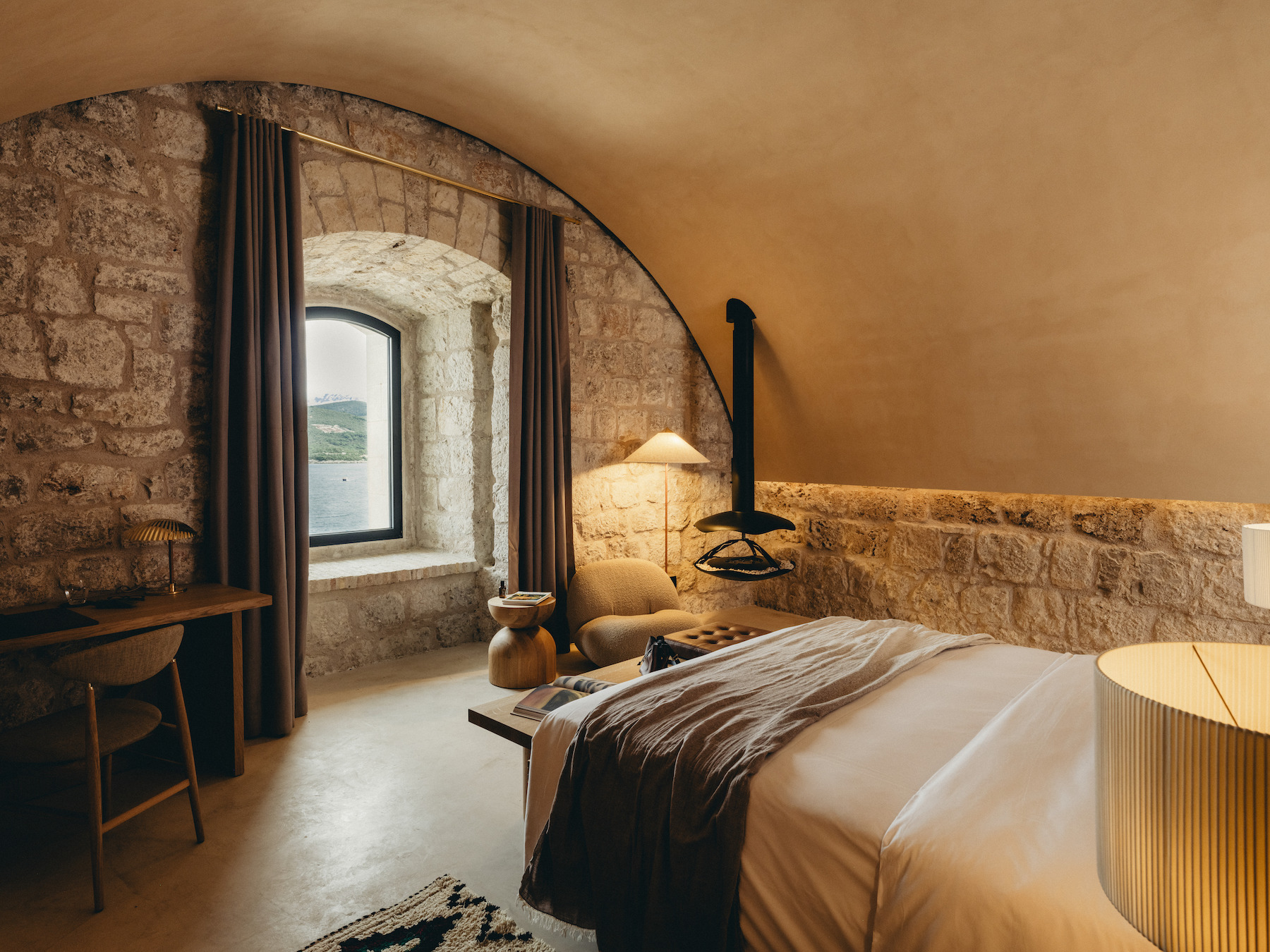
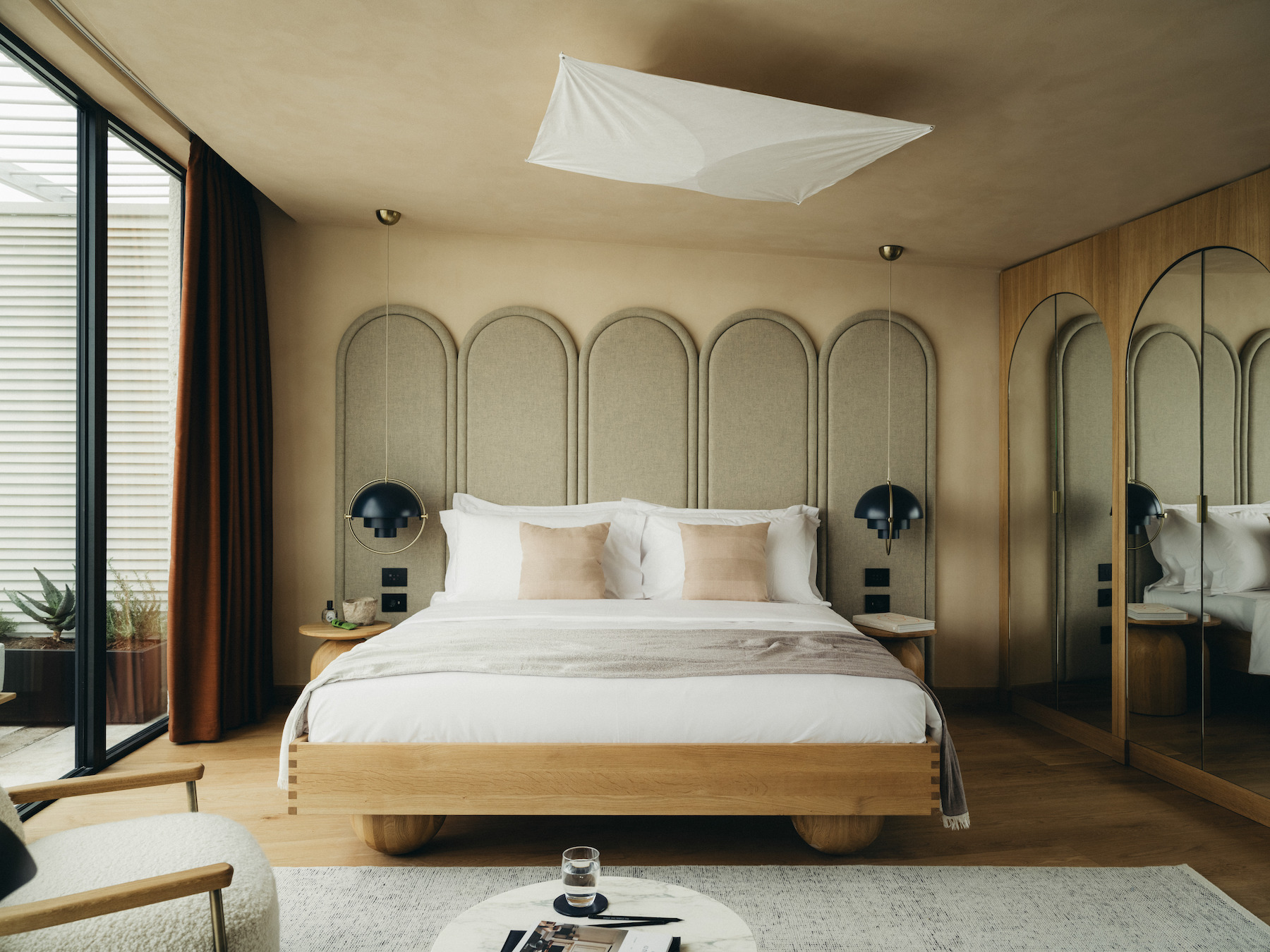
Mamula is a destination for those after all the amenities of a five-star hotel while preserving a relaxed, unpretentious and off-grid feel – an exciting new escape for the most discerning of travellers. “I wanted to create a chilled vibe that feels luxurious but without all the showing off you often see in other hotels of the same calibre,” Wisniewski concludes. “Of course, you have to have money to stay on the island, but I didn’t want people to feel like they had to prove anything when they were there. I wanted them to be able to take off their flip flops, grab a book and lie by the pool without having to worry about anything else.
“To me, luxury doesn’t mean gold and designer names. Instead it’s a feeling, like you arrive on the island and time just stops.”
Read more: Design | Interior Design | Design Hotels



